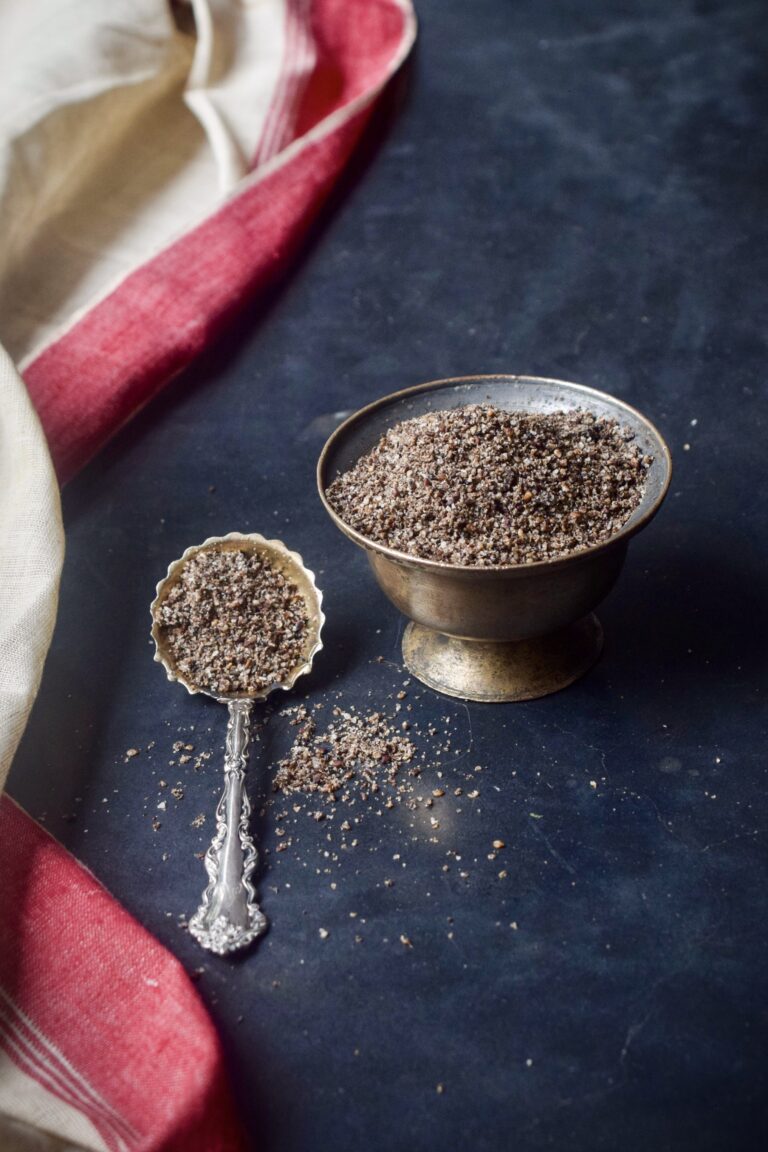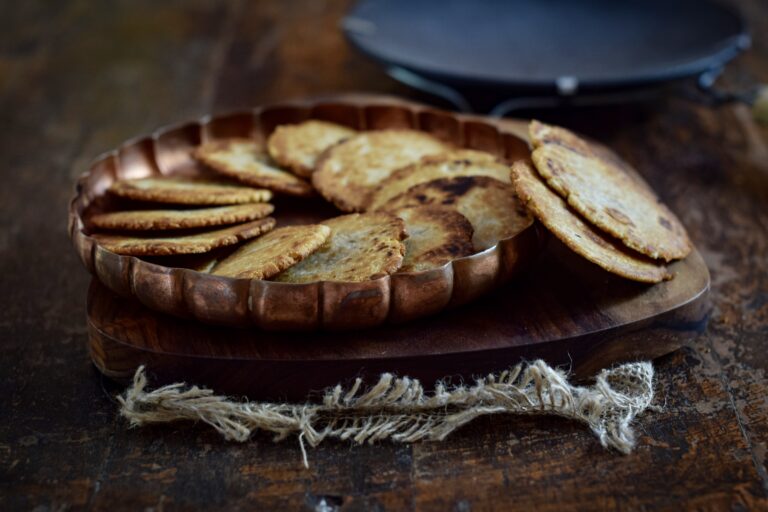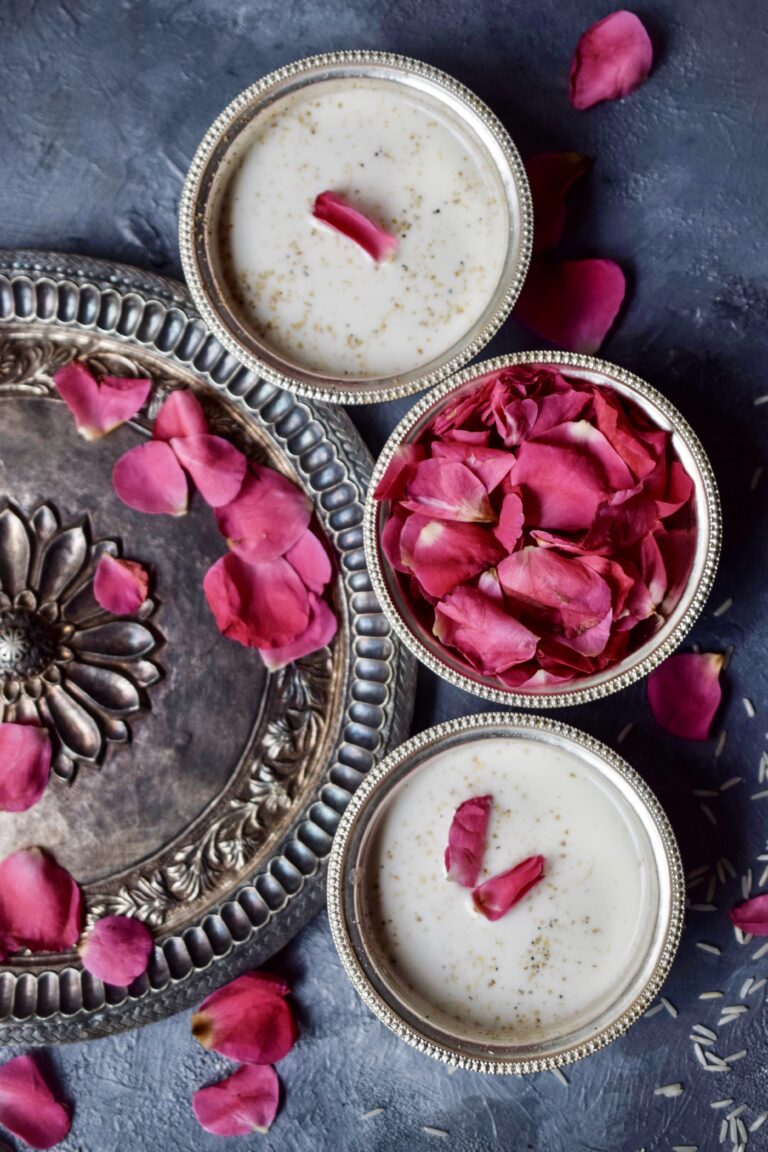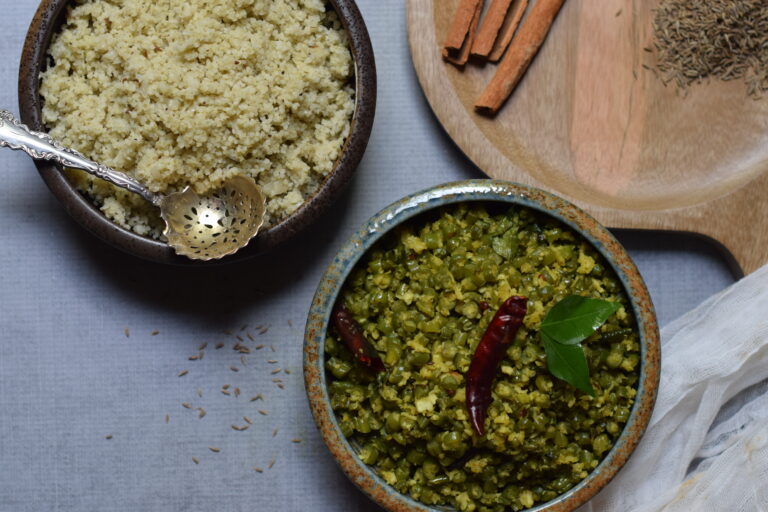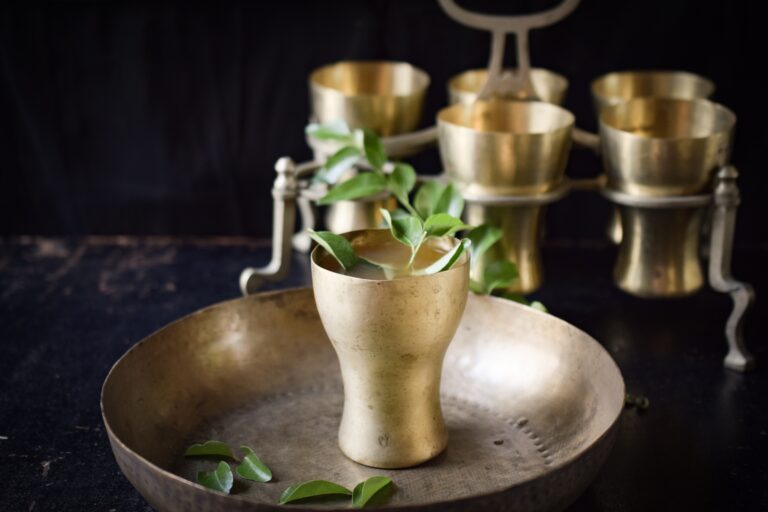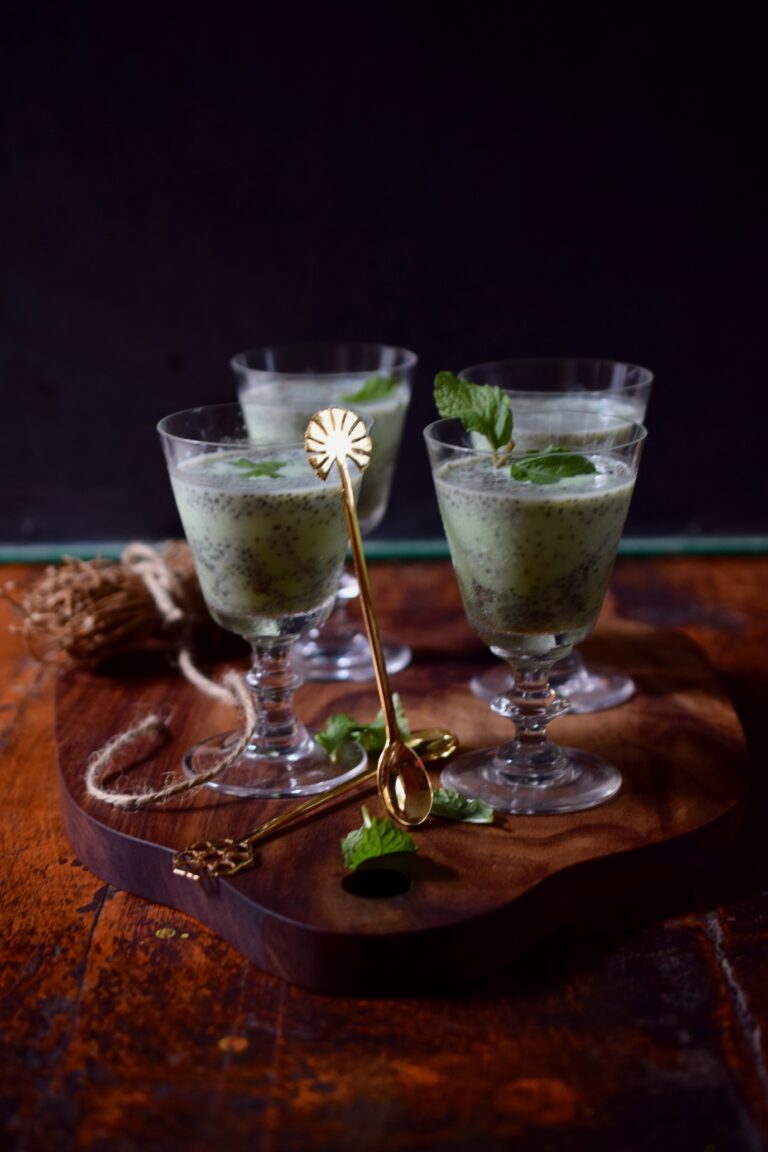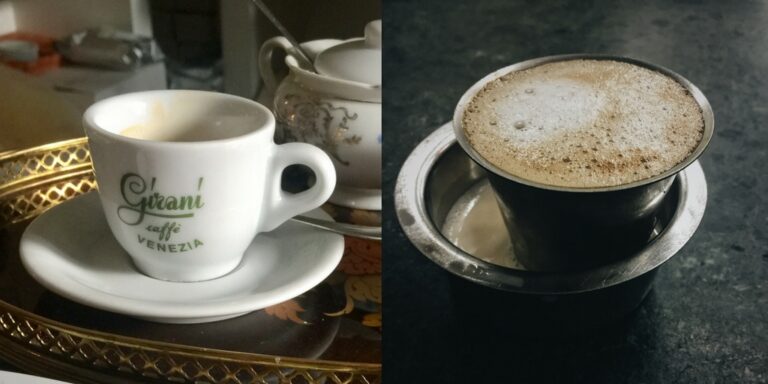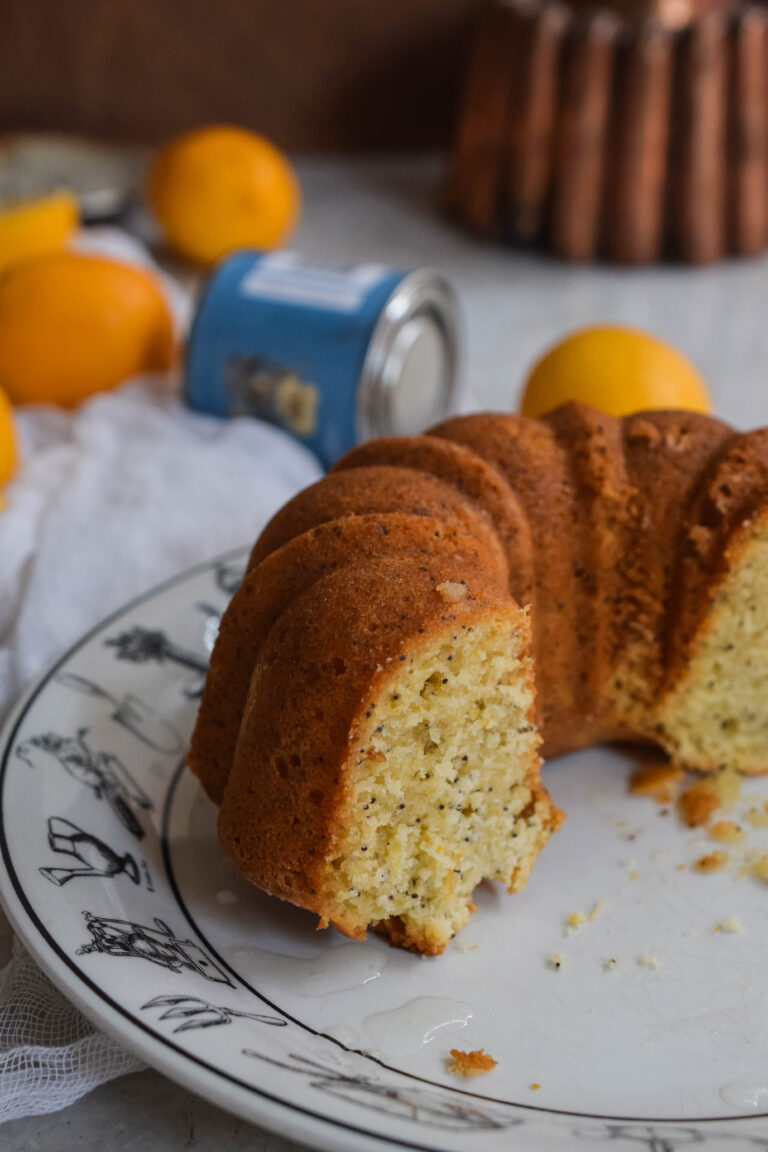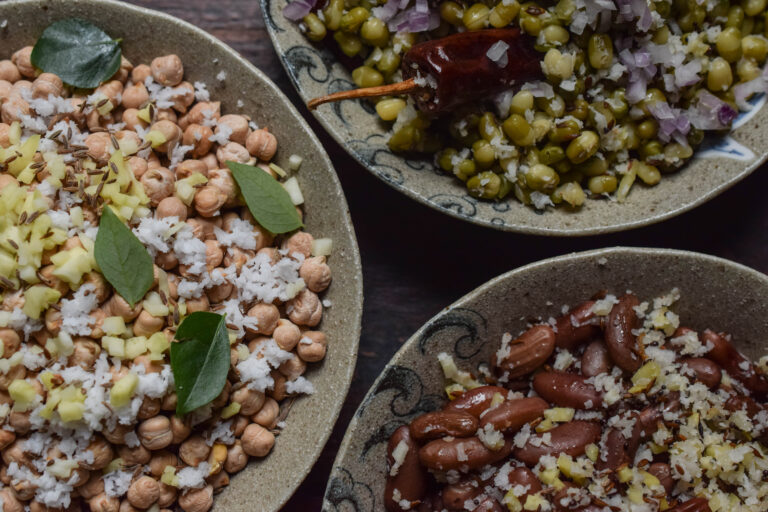There I was in the freezing cold of the Berkshire mountains in Massachusetts, USA, telling my friends and family back home that I was finally about to do for fun what I didn’t enjoy doing in school – study! I had given myself the gift of learning: specifically, the subject of Macrobiotics, a system of mindful cooking and eating. My classes at the Kushi Institute often took place in the snowy winters, and even from indoors the beauty of my surroundings inspired me every day. Chirping birds, beautiful trees, and a healing science drawn from the principles of Zen Buddhism… Which I brought back to my home in Chennai, with its own trees and birds and mouths to feed.
The very first recipe I learnt from my mother was the foundation of all Gujarati meals: the humble yet hard-to-perfect roti. Or as we call it, rotli. The ideal Gujarati rotli has to be as thin as muslin, and it took me years of practice to expertly knead the dough and roll it into perfect circles. My mother insisted that a good Gujarati girl’s rotis had to be dainty and delicate. My early ones often turned out like Punjabi parathas, large and thick – and by the norms of the Gujarati kitchen, totally wrong! Curious about this cultural difference, I asked a Punjabi neighbour why their standard for the perfect flatbread was so unlike ours, and she gave me a beautiful answer: the big Punjabi paratha reflects generosity, large-heartedness and the desire to share what you eat with the world!
Rotis, known by many names and variations, originated in the Indus Valley civilisation, where grain grinding is said to have been invented. Indian breads are different from other loaves in that they do not contain yeast. This soft form of unleavened bread comes in various forms, shapes, sizes and flavours typical of the region it is prepared, with flour made of millets, wheat, rice and other grains.
All over India, the basics of a good roti are flour, fat and flavour. The fat comes from oil, butter, cream or ghee. There are so many kinds of flavourings and stuffings – from green chilli paste to potato to cauliflower to the quintessentially Bengali renditions made with fish.
I’d like to tell you more about a few Gujarati variants: the herbed thepla, the crispy bhakri, the sweet puran poli, the seasonal juwar and bajri, and the simple rotli. Of these, I’ll share two recipes – both are meant to be eaten hot, and bear in mind that an average person can easily eat several at a time! Some notes for kitchens outside India: while binding the dough, I work with my hands. However, if you’re used to the food processor, please do utilise it. You can use a standard rolling pin.
Rotli

Lunch during our summer holidays as children was a competitive affair: who could eat the most rotlis? These rotlis were the simple, everyday variety, washed down with aam raas, a seasonal mango purée. A blissful siesta would ensue, the heavy lunch and the heat lulling us to sleep to the sound of old Hindi songs on the radio…
The rotlis we had then were made from balls of dough joined together, then roasted and peeled from each other. They were as fine as skin. We also ate a sweetened “children’s” version, made with jaggery water. Another way to sweeten a rotli, if you want to, is to eat it with a strained yoghurt dessert known as shrikand. I’ll be sharing a recipe for that soon, and if you subscribe to this blog, you’ll be the first to know.
Thepla
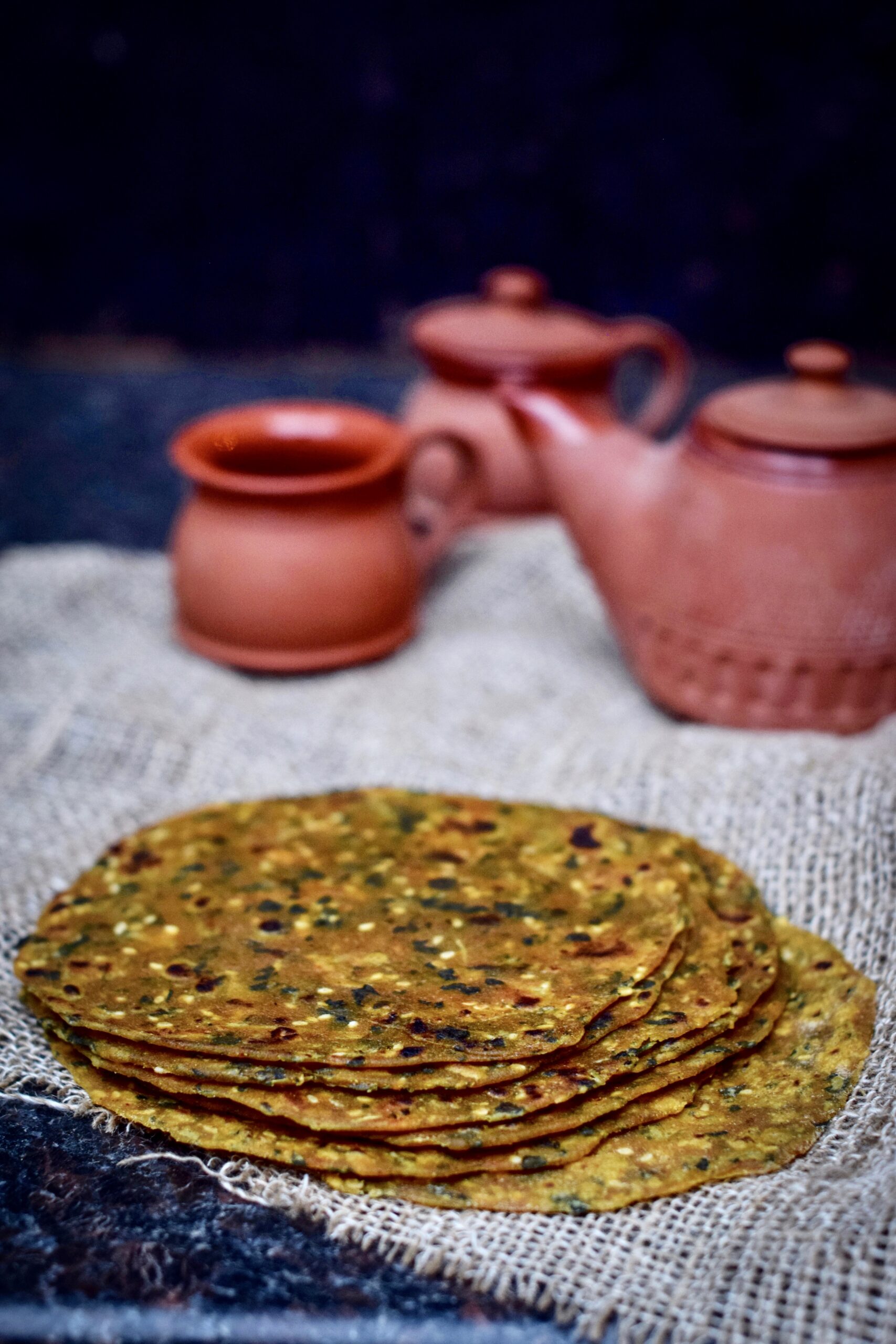
(Yields: 12)
1 cup methi (fenugreek) leaves, picked and washed
1 cup whole wheat flour
1 teaspoon salt
¼ teaspoon turmeric powder
2 teaspoons cumin powder
1 teaspoon white sesame seeds
1 teaspoon crushed green chili (adjust to your taste)
½ teaspoon ginger paste
1 tablespoon yoghurt
1 tablespoon sunflower oil + oil for sautéing
100 ml water or less
Traditionally, theplas are often made with leftover rice or khichdi, so as not to waste food, but you can make them fresh too. In a mixing bowl, add all the dry ingredients and blend them gently. Now add the 1 tablespoon of oil and the yoghurt. Slowly add water and continue mixing, until you feel the mixture is slightly tougher to the touch than bread dough. You do not need to use the entire 100ml.
Dust both sides of the ball with flour. Make small lemon sized balls and allow them to sit for at least half hour. Now, dusting more flour as you do, roll out the dough into discs. Make them as thin as you can.
On a heated iron pan, place the thepla on a medium flame for 30-40 seconds. Then turn it to the other side. In another 30-40 seconds, add a few drops of oil. Make sure the oil is spread to the edges too, as the thepla may dry out. Press down with a spatula to help it cook. Flip the thepla a couple of times until it is golden on both sides. Remove from the pan and fry the next disc, and so on.
As you make each thepla, either store it in a hot case, so it remains soft and warm, or pile them up on a plate. Serve hot, with a curry of your choice or a sweet mango or kumquat pickle, or simply enjoy them as some Gujaratis do – with a lovely cup of chai.
Bhakri

(Yields: 15)
2 cups whole wheat flour
¼ cup semolina
¼ cup oil
100 ml warm water
¼ teaspoon salt
A bhakri is really a type of biscuit, made with a greater quantity of oil than water. A version with jaggery water was my standard after-school snack while growing up. You can make this in the sweetened (what I call “children’s”) version too, by substituting plain water for jaggery water.
Assemble all the ingredients in a large bowl. Add water slowly as required and bind the dough together. Continue pressing firmly, until it all comes together and does not stick to the bowl or your fingers. The dough should appear as a smooth, firm ball. There’s no need to dust this ball of dough with flour, as it is quite tough and will not stick while rolling. If it does stick, you have probably added more water than required, and only in this case should you dust a little flour. Now, divide the dough into 15 smaller balls and keep aside.
Heat an iron pan. Roll out the dough into discs of about 1 cm thickness – this is where the thin-as-muslin standard doesn’t apply! Place the discs onto the hot pan and reduce the flame. Since bhakris are thicker they need to cook on the inside too, so it will take longer to cook. The flame needs to be maintained between medium and slow. Flip over each bhakri a couple of times until golden. If you’d like to, use a pair of tongs and roast the bhakri directly over the flame towards the end of its cooking time. This is the traditional way – dough to flame, directly, just like in this video!
Once they are crisp and golden, remove from the pan and let a trickle of ghee melt onto the bhakri. Serve with tea. They also travel well, so consider packing them for journeys. As my mum would say, a well-made bhakri will be like an easily chewable cookie – it can be eaten comfortably both by the elderly and by children alike.
Puran Poli

Sweet, stuffed and festive, the puran poli is enjoyed not just in Gujarati cuisine but throughout India. Made of toor dal (pigeon pea) and jaggery, it is a stuffed and folded variant that is half-roti, half-dessert.
Juwar & Bajra

It’s only after years of practice with the other rotis that one comes to seasonal variants like juwar and bajra, which are even more difficult to make, let alone master. Gluten-free, the juwar roti is made of sorghum flour while the bajra roti is made of pearl millet. These thick flatbreads were traditionally eaten during winters, roasted on a charcoal flame and thus imbued with a different flavour. They were most often relished with a thick layer of white home-churned butter and sugar or jaggery. Leftover juwar and bajra make delightful, healthy cereal when crushed and eaten with milk.
*
Many Gujarati rotis were created to satisfy two specific purposes: to suit the extremely dry summers and cold winters, or to be travel-friendly, a fact proven all the way from the traders of yore to families like mine who took cross-country train rides. Whether unpacked during a picnic or a road trip, or eaten fresh and piping hot from the stove, the roti satisfies.
Throughout the subcontinent, we eat with our hands. According to Indian philosophy, the 5 senses are at our fingertips, and the act of eating activates all of them. Eating is truly a multi-sensory experience: presentation, ambience, mood and texture (even the texture of the thaali or plate – is it silver, terracotta, bell-metal or steel?), who serves us, who we eat with, the memories we recall or create through the meal – all of these matter as much as the taste itself.
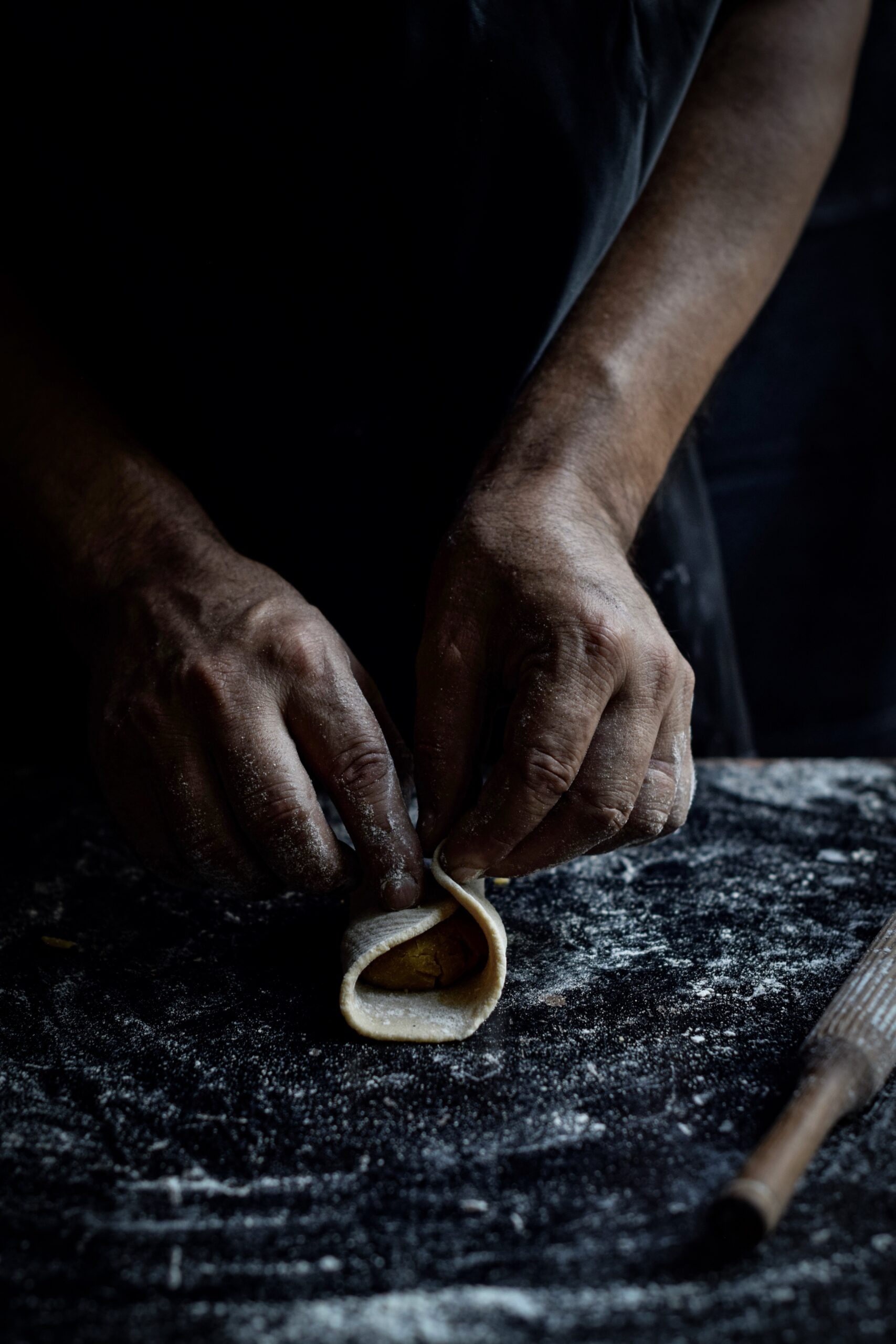
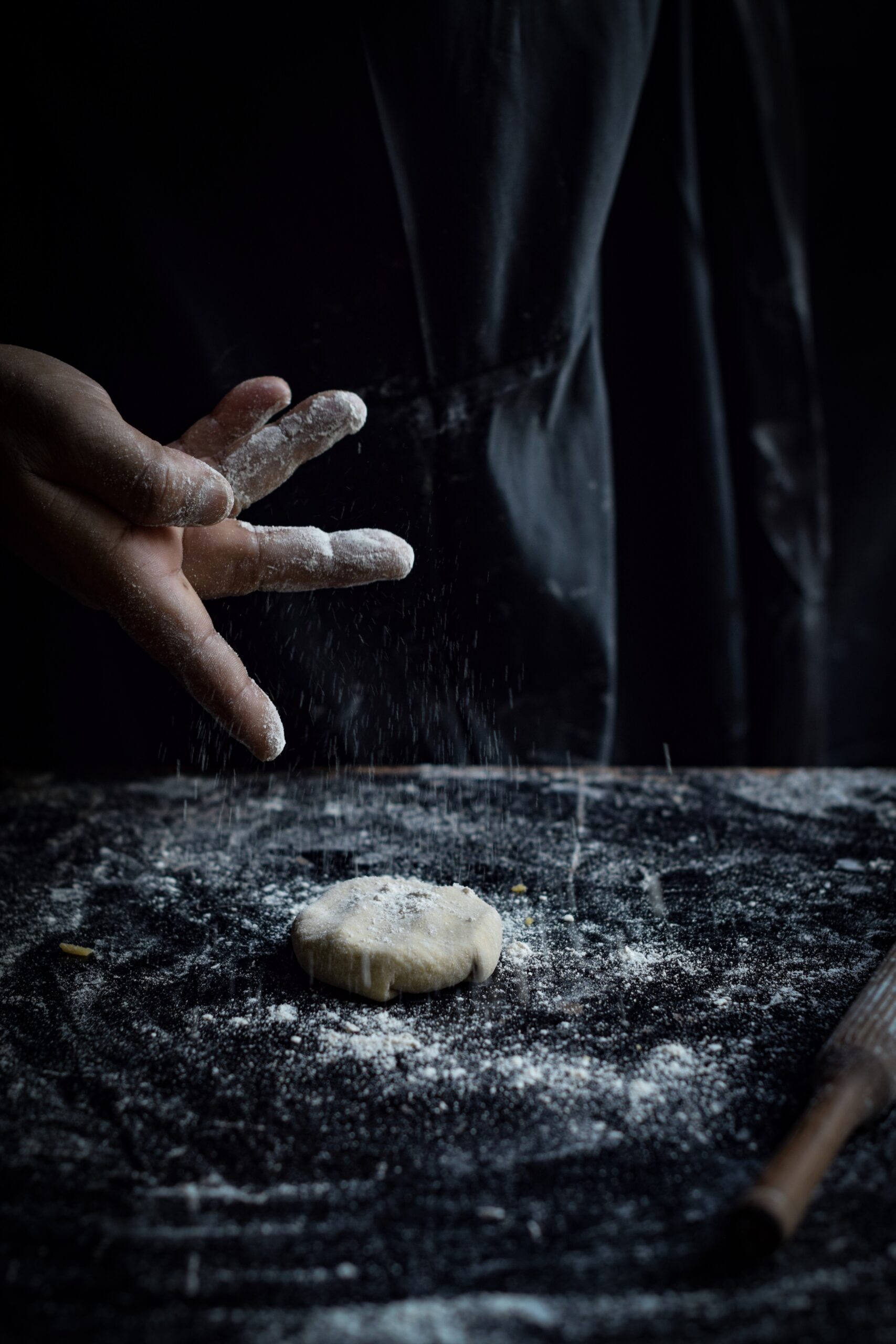
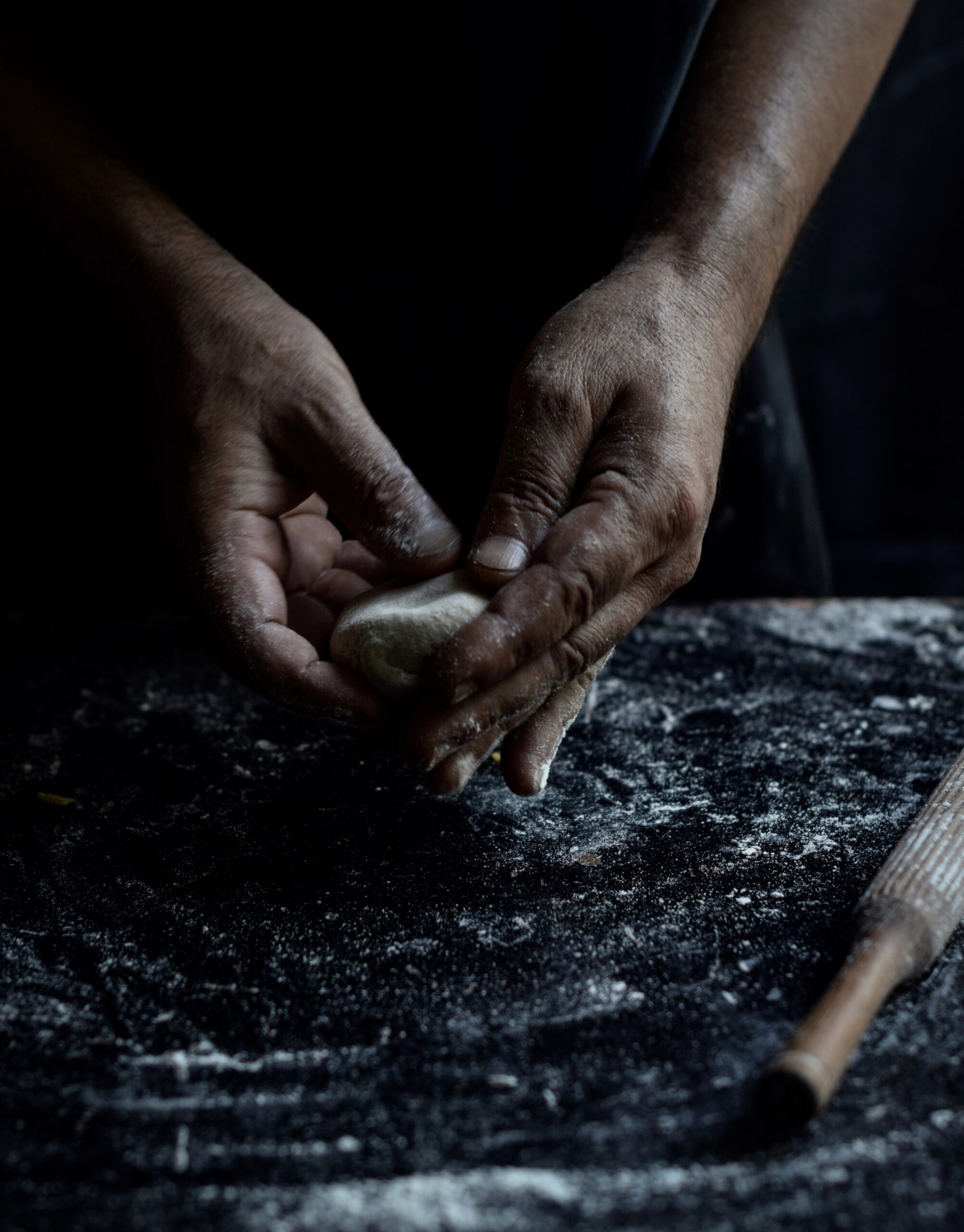
When I was a girl, the full moon known as Sharad Purnima, marking the end of the monsoon, was a special occasion among a group of close family friends, who would enjoy the evening by the beach. The parents would chat as the kids played in the sand on Marina Beach, which was then pristine and beautiful! These outings were special as they created a special bond within the Gujarati community in Chennai.
So my earliest memories of kheer are to do with these nights, when my mother always carried her dudh-poha (beaten rice) variation, soaked soft in milk. Dudh-poha kheer is a customary Sharad Purnima dessert. There was such simplicity in that dish, yet how fantastic it tasted! Even now, it takes me back to those nights. I distinctly remember the almost silver sands and the beautiful moon reflecting upon the sea, and how we kids ran about and were warned not to go into the sea to wet our feet, for the waters were choppy and full moons always cause higher tides. We marvelled at the waves from a distance, all the while waiting to be called to have our cup of kheer. I remember the excitement of waiting the entire week for this outing as my mother called the other aunties to make the plan.
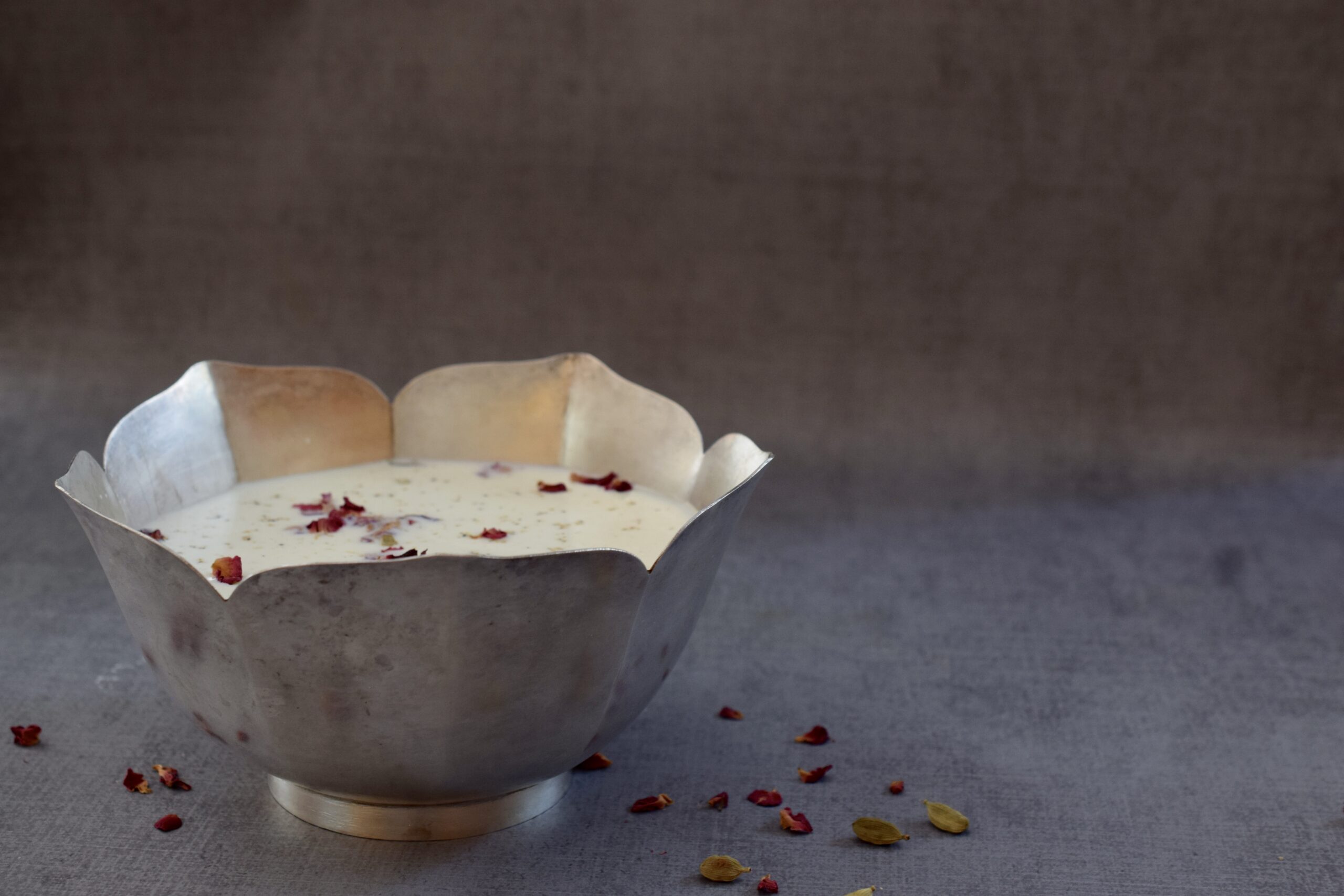
Kheer is basically an Indian rice pudding, with variations across the subcontinent. In South India, it is known as payasam, and is made using a number of different recipes with ingredients as wide-ranging as jaggery, vermicelli, sago, coconut, carrot, ghee and jackfruit. A Hyderabadi version even uses bottle gourd. A sweetened, spiced North Indian version rich with nuts, enhanced with rose water, is known as rabri.
Significantly, the old and infallible combination of milk and rice has traditionally been used as a ritual offering in Hindu customs. The practice is that food both cooked and uncooked is served to the Gods, thereby rendering it holy. It is then distributed to all present as blessed food, and is known as prasad or prasadam.
Kheer is so simple, yet profound, which is why it is so popular both as a prasad and as a regular treat: rice contains life within itself, while cow milk is considered sacred. Sugar, of course, is what turns many a dish into a dessert.
My mother’s kheer was sheer simplicity, but also sheer perfection: poha, milk and sugar with a pinch of cardamom. The one I will pass on to my children, and which I am so delighted to share with you, is almost as simple – but with that signature re:store touch.
Rose-Coconut Kheer
(Yield: 8-10 cups)
½ cup basmati
4 cups whole milk
¾ cups sugar
1 cup freshly squeezed coconut milk
2 tablespoon coconut shavings
½ teaspoon cardamom powder
2 tablespoons rose water
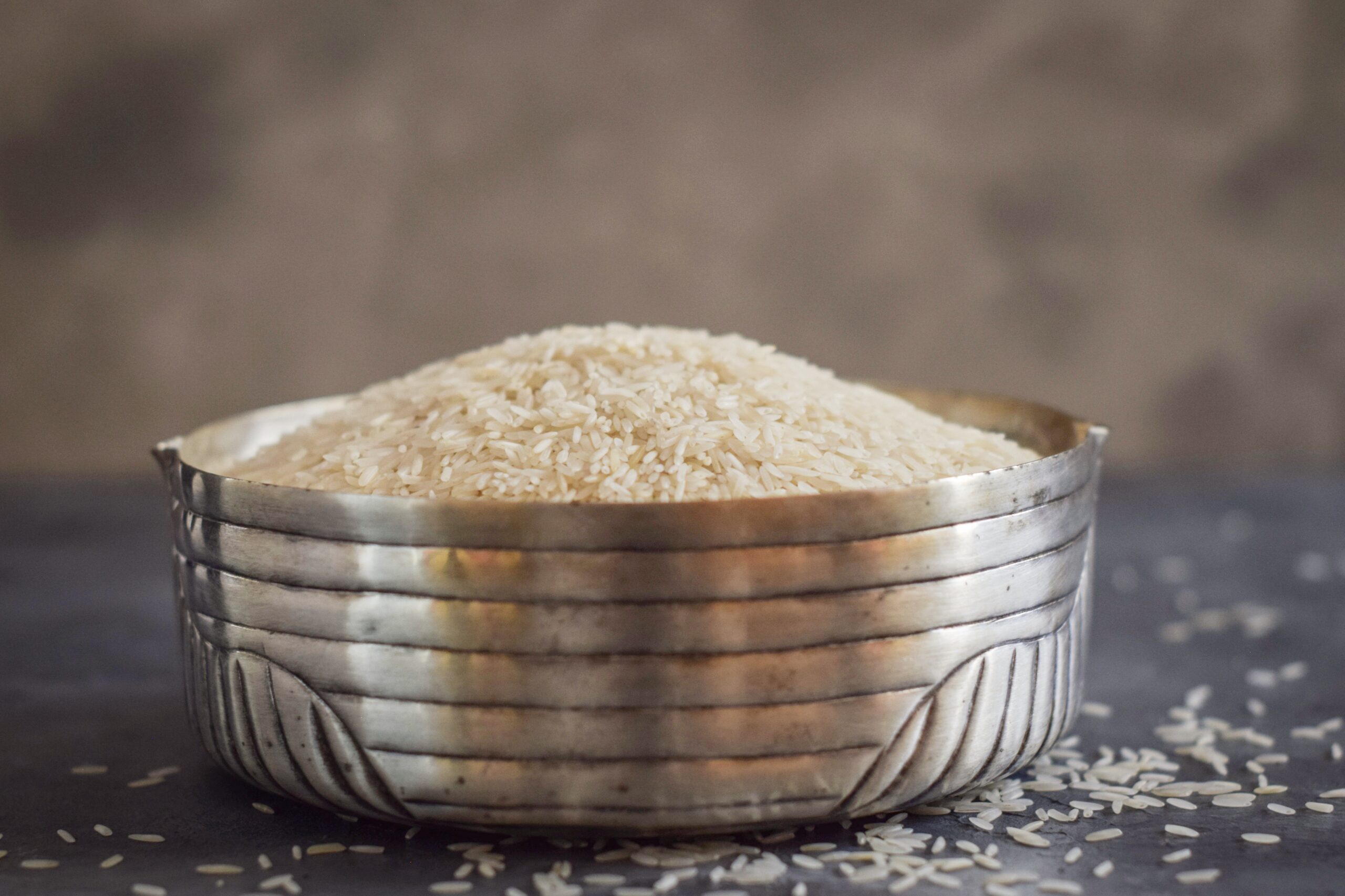
Basmati rice is the long-grained aromatic variety commonly used in biryanis and pulaos. Soak the basmati in water for half an hour. This will help the grain cook faster.
In a heavy-bottomed pan, add the milk. Once it is warm, add the soaked rice. On a low flame, allow the rice to cook thoroughly, stirring frequently to ensure it doesn’t stick to the bottom of the pan. This will take approximately 45 minutes.
Now add the sugar, then allow it to cook a little more. Let the rice mixture cool slightly, then very gently hand blend it. Cover the saucepan and allow the mixture to cool to room temperature, then refrigerate.
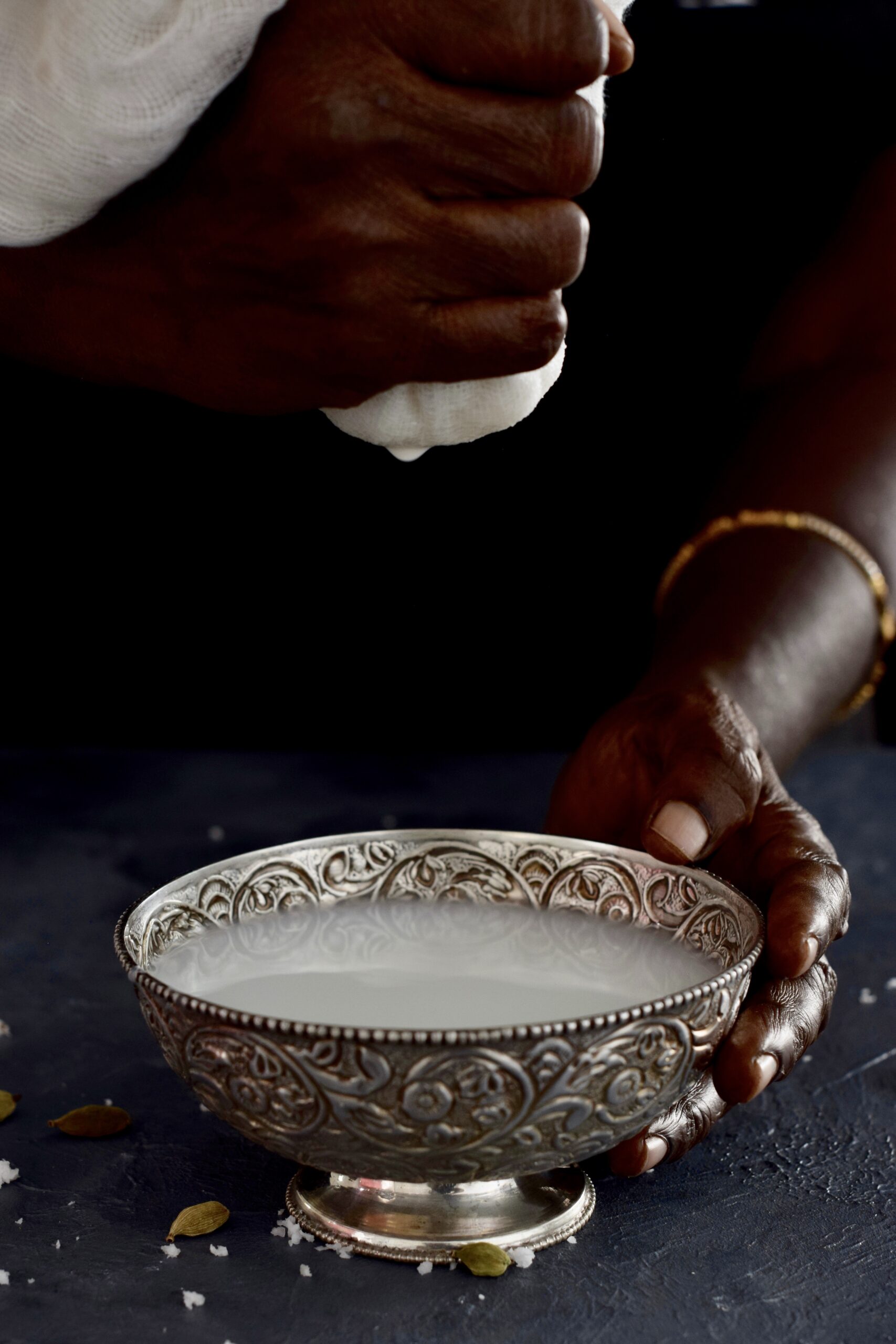
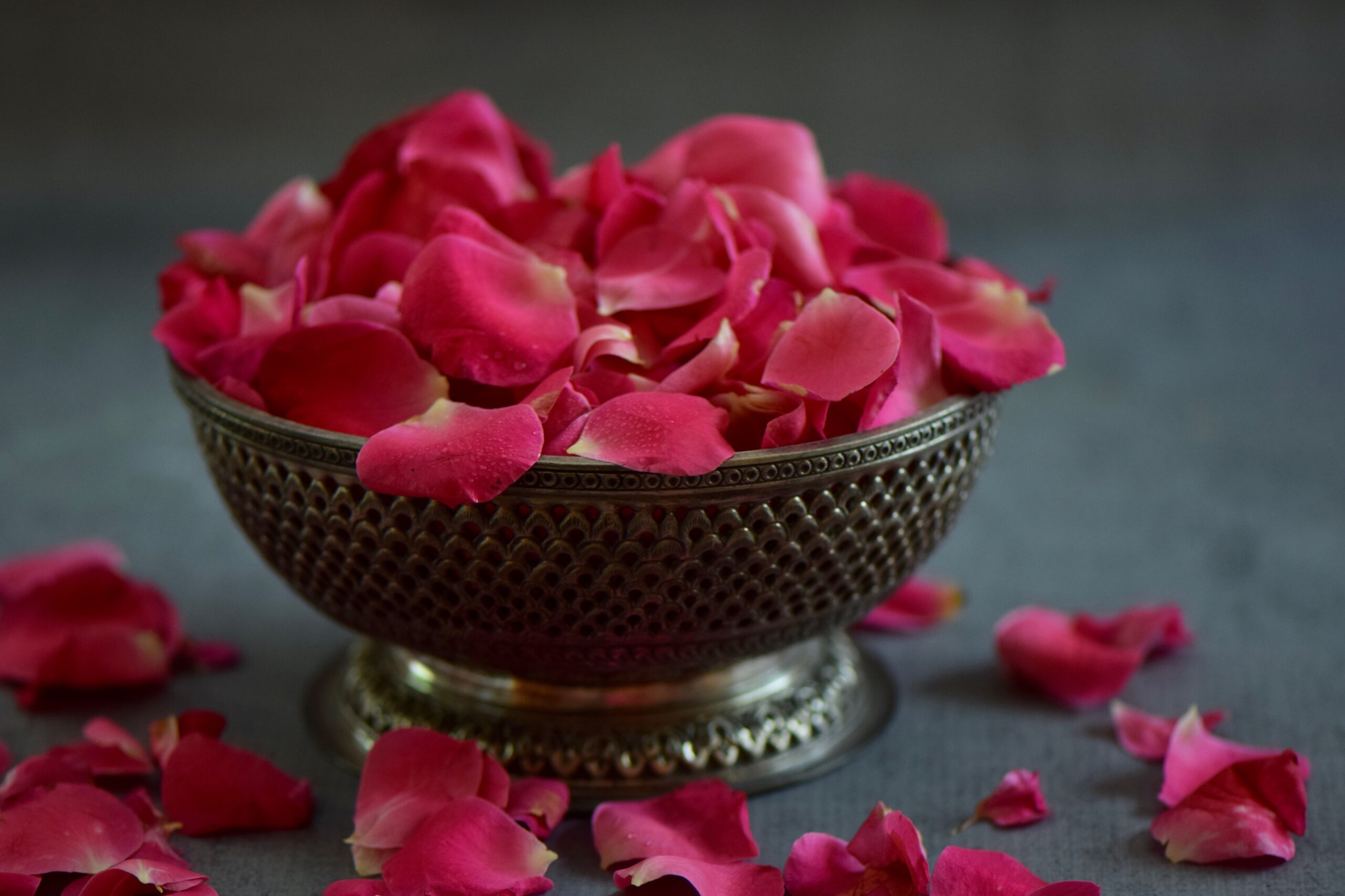
When the kheer has cooled and thickened, add the coconut milk to your desired consistency. Add the shaven coconut, rose water and half the cardamom powder and stir so that the flavours are well-blended. Rose water is a signature ingredient in many of my cakes at re:store, because the scent reminds me of one of my favourite flowers. Known in South India as the paneer roja, the damask rose inspires many of my innovations in the kitchen. The Mughals brought roses to India, as seen in the Shalimar gardens. They were distilled as much for their fragrance as for their usage in culinary delights like syrups and sweetmeats.
Cover and refrigerate until serving. When you are ready to serve this dessert, you may wish to add more coconut milk. Don’t forget to sprinkle the remaining cardamom powder to decorate.
Nostalgia is what makes our food special. Each family recipe is special only to them because it is intertwined with memories. Memories and love: the two main ingredients of any recipe. Today, my best dishes are those that my mother taught me and some that I learnt from my mother-in-law. Some day I will pass these on, too – along with my own innovations. I have made several promises to visit my children when they have their own families to go cook for them. It’s funny how when I cook, my children relish the dishes and claim they are “finger-licking good”. But when our cook makes the same dishes, they are simply edible or enjoyable. So much of taste is through what is evoked emotionally. So whenever you try a new recipe in your kitchen, remember that it is going to become a mnemonic too. Fill it with love.
As I write this, the month of Ramadan is coming to a close. All over the world, sweets are an integral part of the iftar customs when the day’s fast is broken at dusk. In India, iftar meals are almost always accompanied by kheer. At sundown, after the fast-breaking prayers, people step out to enjoy the breeze and socialise, visiting sweetmeat shops to enjoy their favourite Ramadan delights. Street food also becomes very exciting at this time, and the air is thick with the smells of delicious treats and an ambience of love and celebration. I love the idea that kheer is being enjoyed all over the country today – and perhaps in your home too, wherever you are in the world. Don’t forget to drop a line if you enjoy this recipe!
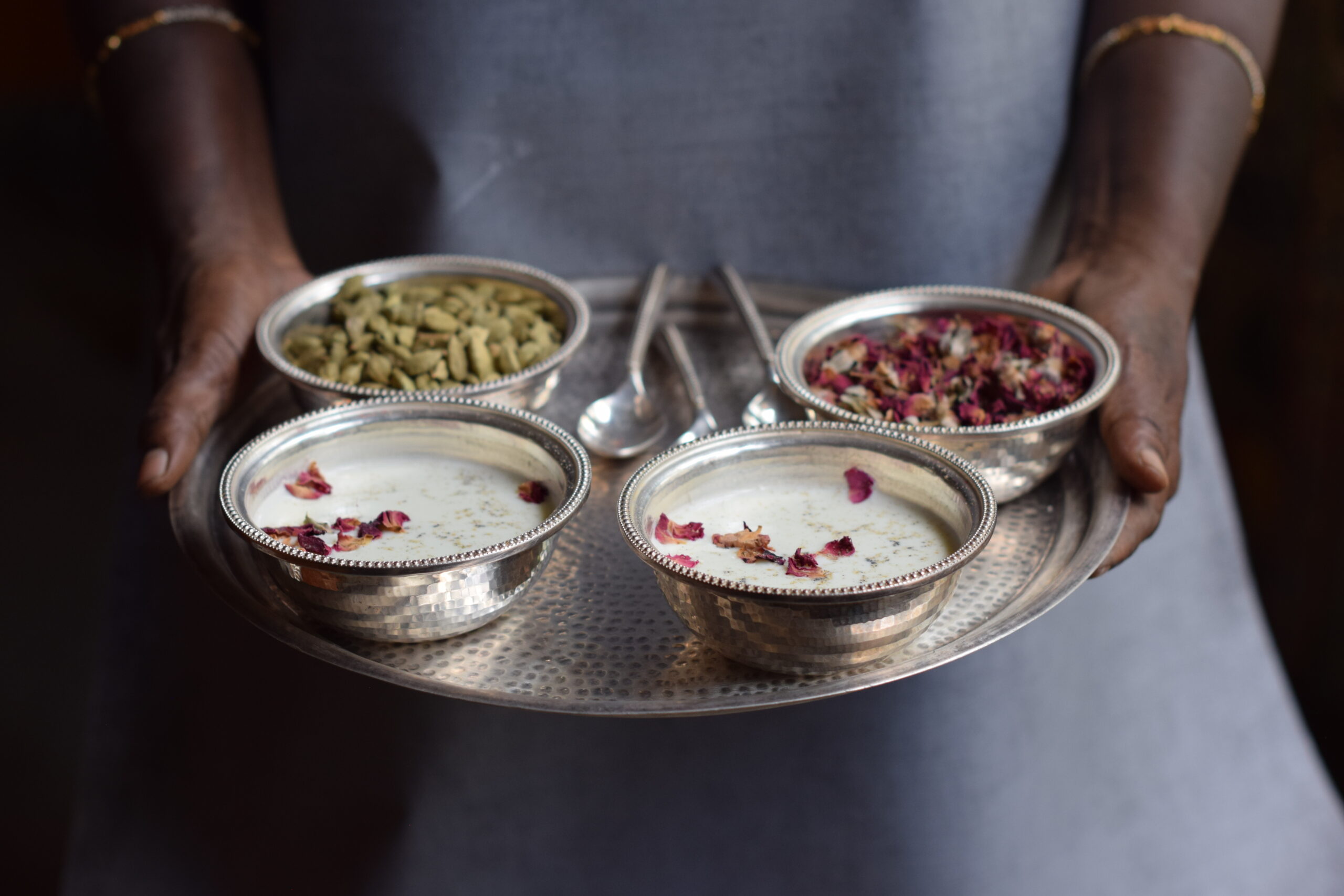
Having lived in Tamil Nadu my whole life, the traditional local cuisine has always been a part of me. Millets were a staple in ancient times, replaced more recently by rice and wheat. Unlike what most contemporary nutritionists believe, Macrobiotics suggests that rice, in moderation, does not have negative effects on health. Adding millets into one’s diet, as a healthy alternative or addition to rice, can boost the health quotient without compromising on taste. More importantly, millets are gluten-free, offering a great solution for those who are gluten intolerant.
Nowadays, the health-conscious hark on about quinoa, which is a great superfood – however, it is not native to India. They tend to ignore the affordable local millets, which offer the same (if not a greater) amount of nutrition and could themselves be superfoods!
What does summer look and feel like in your city? Here in Chennai, temperatures have been crossing 40 °C (104 °F) – and we’re bracing for May, usually the hottest month of the year! The streets are at their sunniest and most scorching, but pleasantly lined by flowering trees and stalls selling fruit. A few weeks ago, on a short road trip, water mirages accompanied me all along the highway. As for what the season feels like: sweat, thirst and the longing for a cool breeze and a chilled beverage are our primary sensations at present. Come visit, I say – just not today!
Fortunately, there’s a method to the madness of every season. Traditional wisdom and the science of macrobiotics make the best culinary use of fruits, vegetables and grains that thrive at different times of the year. Here in the subcontinent, if there is one kind of produce that is ubiquitous with the sweltering, sultry days of summer, it’s the mango.
The dessert du jour is the chia seed pudding – fuss-free, and usually requiring very few ingredients. If you’re like me, you’d have gotten introduced to chia seeds because of your curiosity over the current craze of having them in puddings. The first time I tasted them, they took me back to childhood visits to Bombay and the city’s famous bright-coloured, super-sweet dessert drink known as falooda. They tasted just like the takhmaria (sweet basil) seeds I loved catching between my teeth as I slurped it down… And that’s when I had an inspiration about a very Indian twist on the done-to-death chia seed pudding.
Call it a tale of two cities, or a tale of two cups! Like many who love travelling, I form bonds with now-familiar niches all over the world. And between two such niches, I found a particular connection. A connection that smells like heaven and tastes like perfection… Coffee.
Do you ever have that feeling, returning from travels or even just from a demanding day, that you simply must bake something that makes you feel good?
It’s a feeling I have often – which means that the emotion that follows, as I gently remove my creation of the day from the oven, is also one that I frequently get to enjoy. Many things inspire the baking itself. A craving, for instance. Or a memory. Sometimes, the creativity comes from cookbooks. A recent one I picked up is Love, Manuela. I lost myself for hours in the pretty pastels and luscious desserts that filled the pages of the book. Another favourite is Under The Walnut Tree by Fanny & Anna Bergenström, which features ingredients and recipes from around the world.
And sometimes, everything begins with a single ingredient.
When my friend Lucy visited recently, she brought me a beautiful batch of Meyer lemons, garden-grown and gorgeous. I know the tree from which she plucked them, from her home near a cove in Wareham, close to Boston. I love Lucy’s garden, unmanicured and filled with a wild charm. It was where her son’s wedding was held, with a Star Trek theme, and I vividly recall the funky geometric necklace I wore as per the dress code! Lucy came to visit in India bearing good tidings, kind comfort… and sweet, gently-raised lemons.
What is the most descriptive collective noun for coconuts? A cluster? A clump? A crowd? None of them quite sufficed for the copious numbers I found myself with! With five thriving trees in my garden, dangerously dropping their heavy drupes at any given moment, I responded to this abundance in the best way I know how: by bringing them into my kitchen.
So I hired a nimble man to climb up the trees to cut most of the coconuts down, and then we segregated them into tender ones, which yielded nutritious coconut water, and ripe ones with flesh that could be shaved. One of my coconut trees is also the site of an experiment of mine. I have a little basket on a lovely pulley system which takes pieces of papaya up to a nice altitude for the parrots that often flit about. It took a while to convince them that this odd contraption was actually a friendly gesture, but as with people and animals both – at the end of the day, appetite always wins!

The shaved coconuts found themselves in many of my recipes: from coconut rose cupcakes (which you can order here if you’re in Chennai) to sweet-savoury kachoris (which you can make in your own kitchen, with my recipe here) and more. And in the late afternoons, those pristine white shavings of coconut were perfect for a local lentil dish: sundal.
When most people hear the word “burger”, they think of an oily, low-nutrition meal full of sauces and heavy meat, polished off with unhealthy sodas and greasy fries! But what if I told you that I can share with you how I make something that looks like the real thing, tastes just as (or more!) delicious, and doesn’t do anything but nourish your body and soul?
My vegan bean burger is an improvisation on a dish that one of my teachers at the Kushi Institute, Chris Jenkin, used to make for us for lunch sometimes, in a strictly macrobiotic style using East Asian ingredients. I love innovating in the kitchen, discovering ways to turn a dish around and make it vegetarian, vegan, gluten-free and so on. I also consider how to source ingredients that are seasonal and readily available. Call it Macrobiotics meets Madras! Here’s a perfect example of how I fine-tuned a recipe so that it makes the best sense for climactic and cultural conditions.

